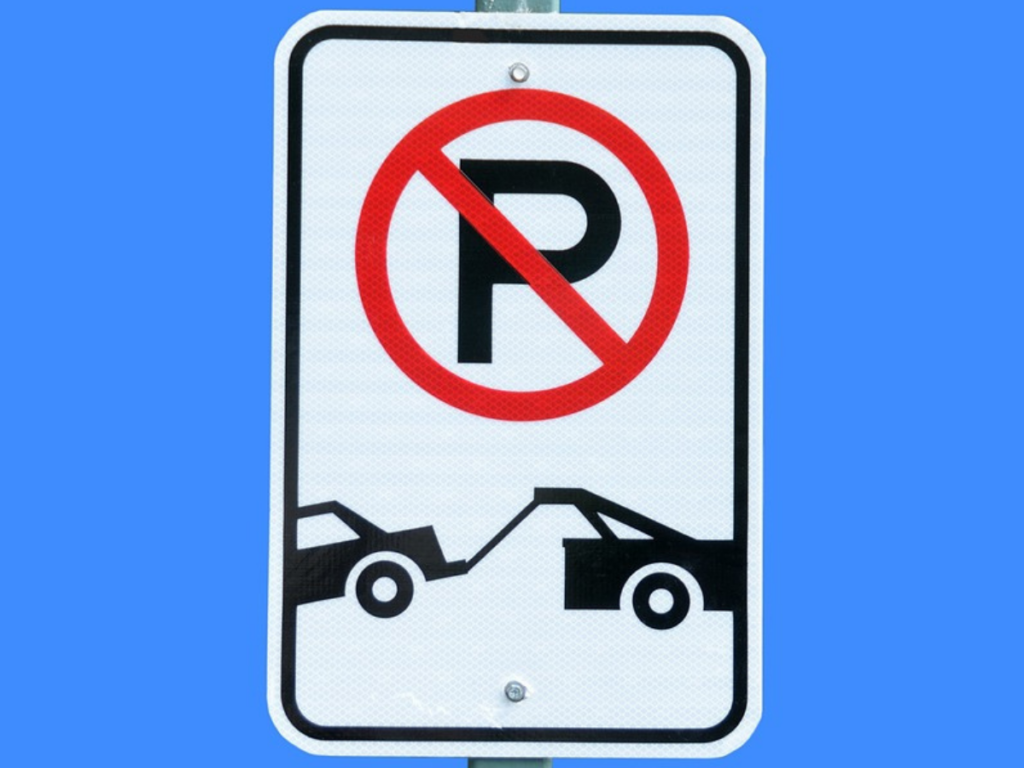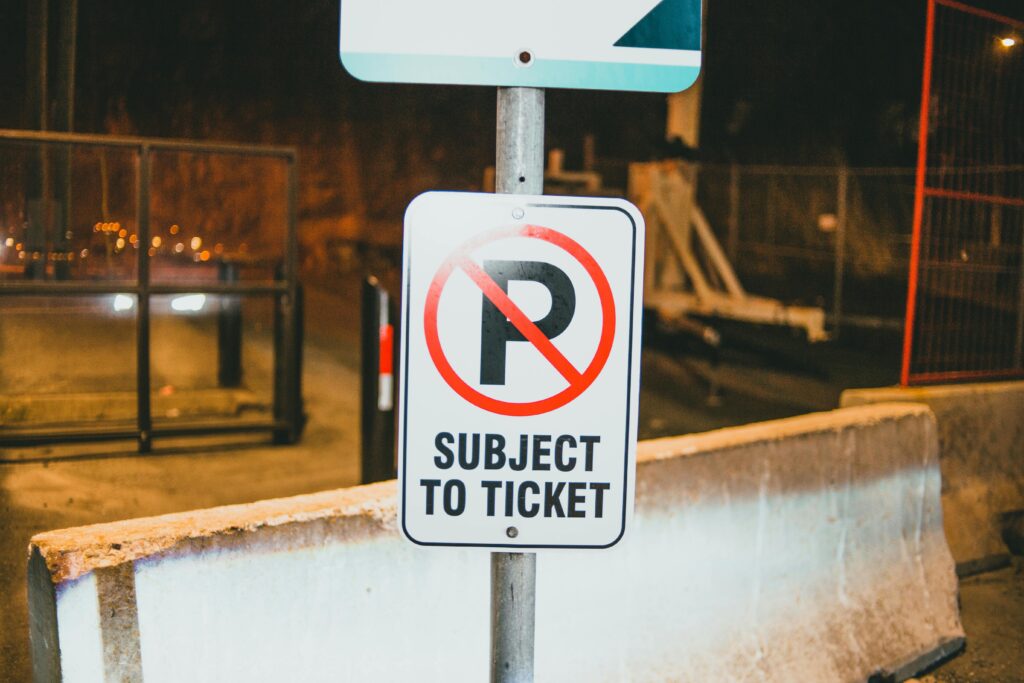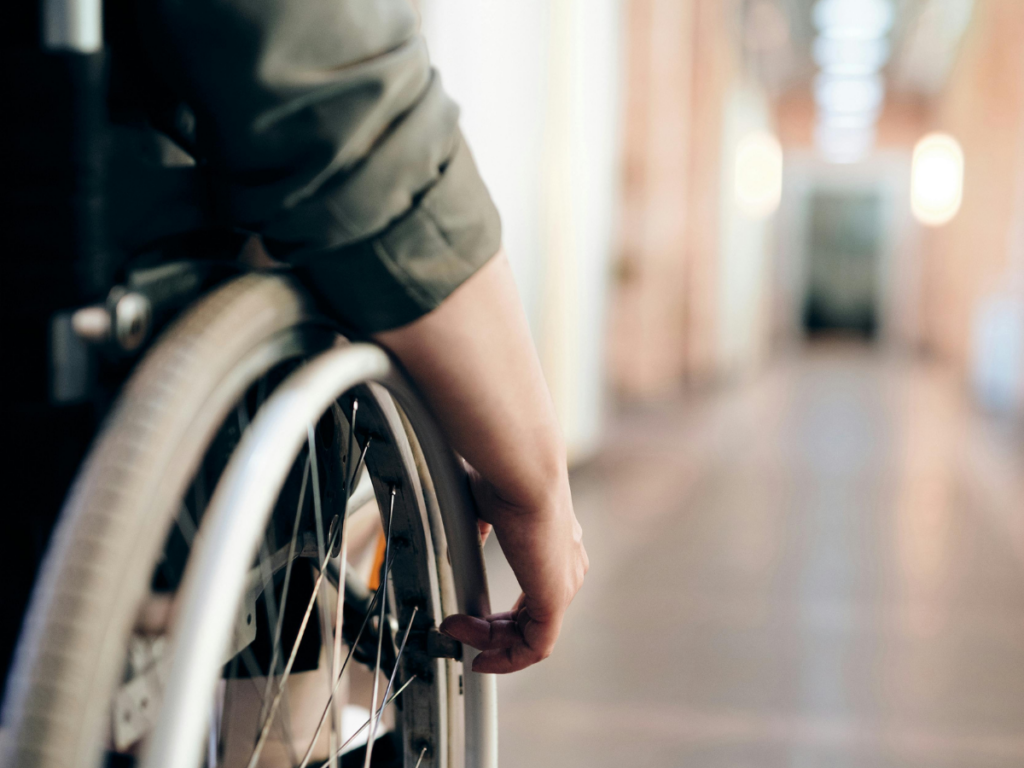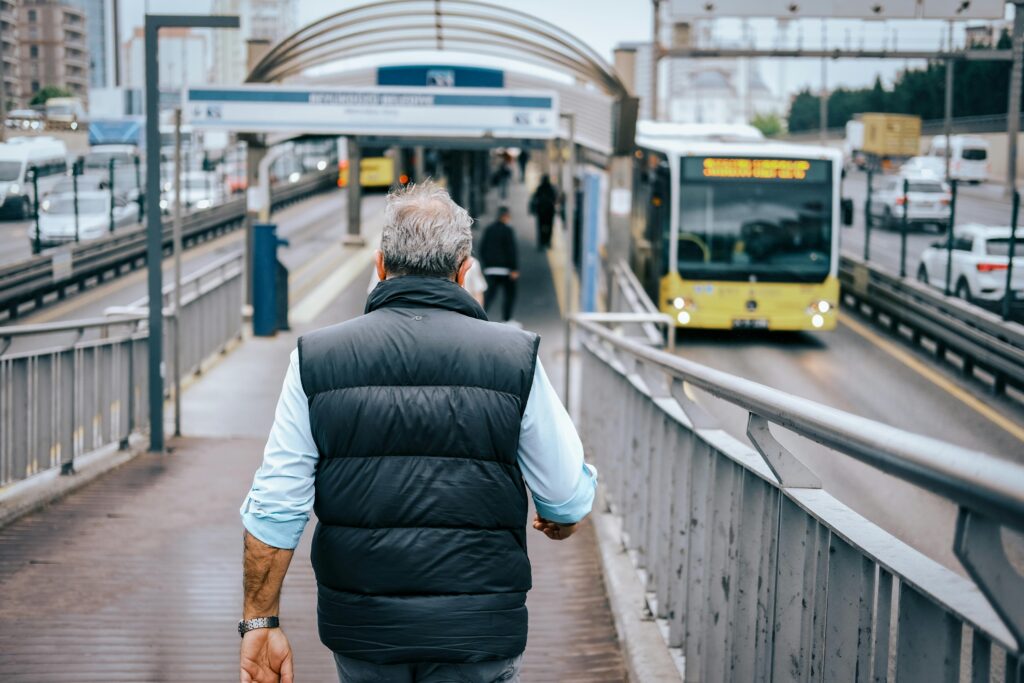Finding accessible parking spots can be a significant challenge for individuals with disabilities in Massachusetts, as it is in many other regions. However, with the right knowledge and strategies, navigating the maze of parking options becomes easier. In this guide, we’re covering essential tips and resources for locating accessible parking spots in Massachusetts, understanding the relevant laws, obtaining permits, and making the most of available accommodations.
Understanding Accessible Parking Laws in Massachusetts
Before embarking on your search for handicap parking in Massachusetts, it’s crucial to familiarize yourself with the relevant laws and regulations. Massachusetts, like other states, has specific statutes governing accessible parking. These laws mandate the provision of designated parking spaces for individuals with disabilities in public and private facilities.
According to Massachusetts law, accessible parking spots must be clearly marked with the International Symbol of Accessibility and must meet specific dimensions to accommodate wheelchair users comfortably. It’s also essential to understand that unauthorized use of these designated spaces can result in hefty fines and penalties.
How to Find Accessible Parking Spots in Massachusetts
1. Utilize Accessible Parking Maps
Many cities and municipalities in Massachusetts provide online resources such as accessible parking maps which provide a practical and efficient way to locate handicap parking spots.
These maps serve as invaluable resources for individuals with disabilities, highlighting the locations of designated handicap parking spots across various cities and municipalities, making it easier for individuals to plan their trips and identify suitable parking options in advance. By leveraging accessible parking maps, individuals can plan their journeys with confidence!
One of the key advantages of accessible parking maps is their ability to provide real-time updates and accurate information about parking availability. You can access these maps from your smartphones or computers, allowing for on-the-go navigation and flexibility when exploring different areas. Whether you’re heading to a bustling urban center, a shopping mall, or a recreational facility, having access to an accessible parking map can streamline your parking experience and minimize stress.
Accessible parking maps also often include additional details such as parking space dimensions, access routes, and nearby amenities, enabling you to make informed decisions based on their specific needs and preferences.
By embracing technology and harnessing the power of accessible parking maps, individuals with disabilities can navigate their communities with greater independence and confidence, enhancing their overall mobility and quality of life.
2. Mobile Apps
There are numerous mobile applications designed to assist individuals in finding accessible parking spots. Apps like “Access Earth” and “Wheelmap” crowdsource information about the accessibility of various locations, including parking facilities, allowing you to locate suitable spots based on their specific needs. These apps offer a wealth of features and functionalities tailored to the unique needs of users, making them indispensable tools for enhancing accessibility and mobility.
In addition to crowd-sourced information about parking facilities, many mobile apps also provide you with the ability to customize your search criteria based on specific accessibility requirements. For example, you can filter parking options based on factors such as proximity to entrances, availability of accessible features like ramps and curb cuts, and the presence of designated van-accessible spots.
Mobile apps also often incorporate user reviews and ratings, allowing you to benefit from the firsthand experiences of others when selecting parking locations! This social aspect fosters a sense of community and enables people to share valuable insights and tips for navigating different environments.
They can serve as comprehensive accessibility guides beyond just parking, offering information about accessible routes, amenities, and facilities in various locations.
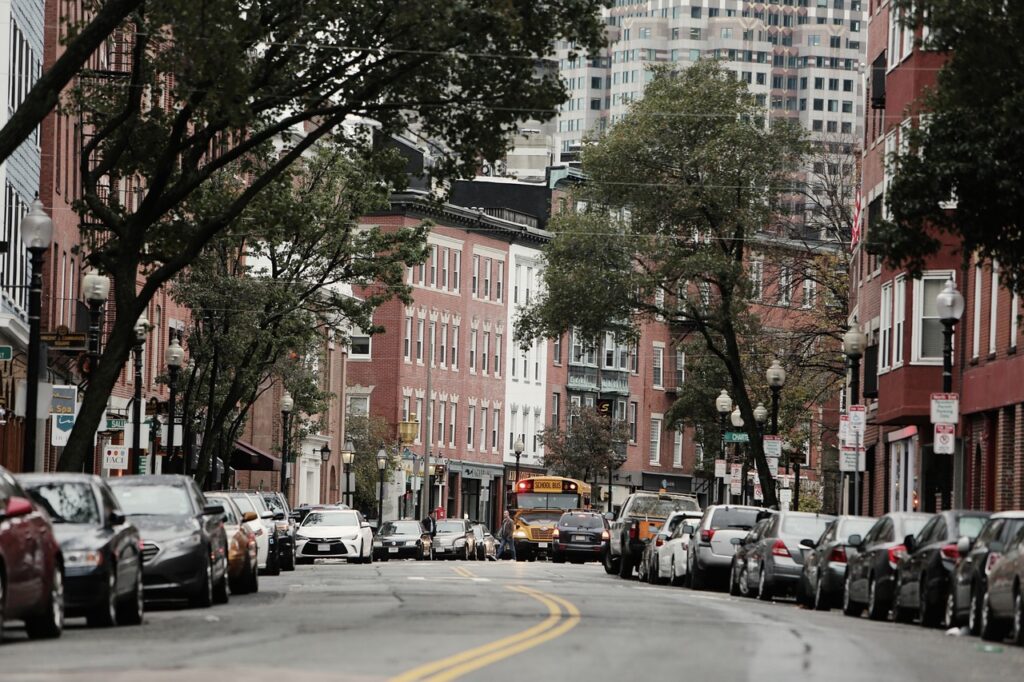
3. Plan Ahead
When visiting busy areas or popular attractions in Massachusetts, planning ahead can significantly improve your chances of finding accessible parking. Consider researching parking options beforehand and arriving early to secure a spot closer to your destination.
One of the primary benefits of planning ahead is the ability to research parking options in advance. Whether using online resources, mobile applications, or contacting parking authorities, gathering information about accessible parking facilities and their locations can help you make informed decisions about where to park.
Planning ahead also allows you to anticipate potential challenges and make necessary arrangements to address them. For example, if visiting a busy area or popular attraction, understanding the parking situation and exploring alternative transportation options can help mitigate stress and ensure a smoother experience.
It also enables you to allocate sufficient time for parking and navigation. By accounting for potential delays and allocating extra time for parking, you can reduce the likelihood of feeling rushed or overwhelmed, allowing for a more relaxed and enjoyable outing!
Planning ahead empowers individuals with disabilities to take control of their parking experience, optimize accessibility, and enhance their overall mobility and independence.
4. Contact Parking Authorities
If you’re unsure about the availability of accessible parking in a particular area, don’t hesitate to contact local parking authorities or facility managers for assistance. They can provide valuable information about parking options and any special accommodations that may be available.
Contacting parking authorities is an often-overlooked yet valuable resource for seeking accessible parking spots in Massachusetts! They possess firsthand knowledge of parking facilities and regulations within their jurisdiction, making them an invaluable source of information and assistance.
When you contact parking authorities, you can inquire about the availability of accessible parking spots in specific areas, as well as any special accommodations or services offered. Parking authorities can provide insights into parking regulations, including designated hours of operation, parking permit requirements, and any temporary restrictions or closures due to events or construction.
Parking authorities can also offer guidance on alternative parking options or suggest nearby facilities with accessible parking if the desired location is unavailable. They may also provide information on accessible transportation services or shuttle options for individuals with disabilities.
In cases where you encounter parking violations or misuse of accessible parking spots, contacting parking authorities allows them to report the issue and request enforcement action. This proactive approach helps ensure that designated accessible parking spots remain available for those who truly need them, promoting fairness and accessibility within the community.
Contacting parking authorities empowers individuals with disabilities to navigate the parking landscape more effectively, access valuable resources and assistance, and contribute to the enforcement of accessible parking regulations, fostering a more inclusive environment for all.

Tips for Obtaining an Accessible Parking Permit in Massachusetts
In Massachusetts, individuals with disabilities can apply for a handicap parking permit, also known as a “disability placard” or “disabled parking permit.” These permits allow holders to park in designated handicap spots and provide access to other parking privileges.
To obtain a handicap parking permit in Massachusetts, you’ll typically need to:
- Complete an application form, available from the Massachusetts Registry of Motor Vehicles (RMV) website or local RMV offices.
- Provide documentation from a healthcare professional certifying your eligibility for a handicap parking permit.
- Submit the completed application and documentation to the RMV for processing.
Once approved, you’ll receive a handicap parking placard or license plate, which must be displayed prominently when using designated accessible parking spaces.
Making the Most of Available Accommodations
In addition to designated handicap parking spots, Massachusetts offers various accommodations to enhance accessibility for individuals with disabilities. These accommodations may include:
- Accessible parking spaces with additional width for wheelchair access.
- Van-accessible parking spots equipped with designated access aisles.
- Proximity to building entrances and amenities for convenience.
- Accessible pathways and ramps to facilitate navigation.
When selecting a parking spot, consider factors such as proximity to your destination, accessibility features, and any specific requirements you may have.
Advocating for improved accessibility and reporting instances of parking abuse can also help ensure that parking accommodations remain available and accessible to those who need them, ultimately contributing to a more inclusive and equitable environment for individuals with disabilities throughout Massachusetts.
***
Finding accessible parking spots in Massachusetts may pose challenges, but with the right tips and resources, you can navigate the process effectively!
By understanding accessible parking laws, utilizing available tools and technologies, and advocating for accessibility, we can create a more inclusive environment for all members of our community.
Remember, accessible parking is not just a convenience — it’s a fundamental aspect of ensuring equal access and opportunity for individuals with disabilities.
Need more information on disabled parking in the US? From understanding handicap parking signage in Maryland to obtaining an accessible parking permit Oregon, we offer a useful bank of detailed topics on the Dr Handicap blog. Check it out today!
Featured image by victoria Kapsambelis from Pixabay.


